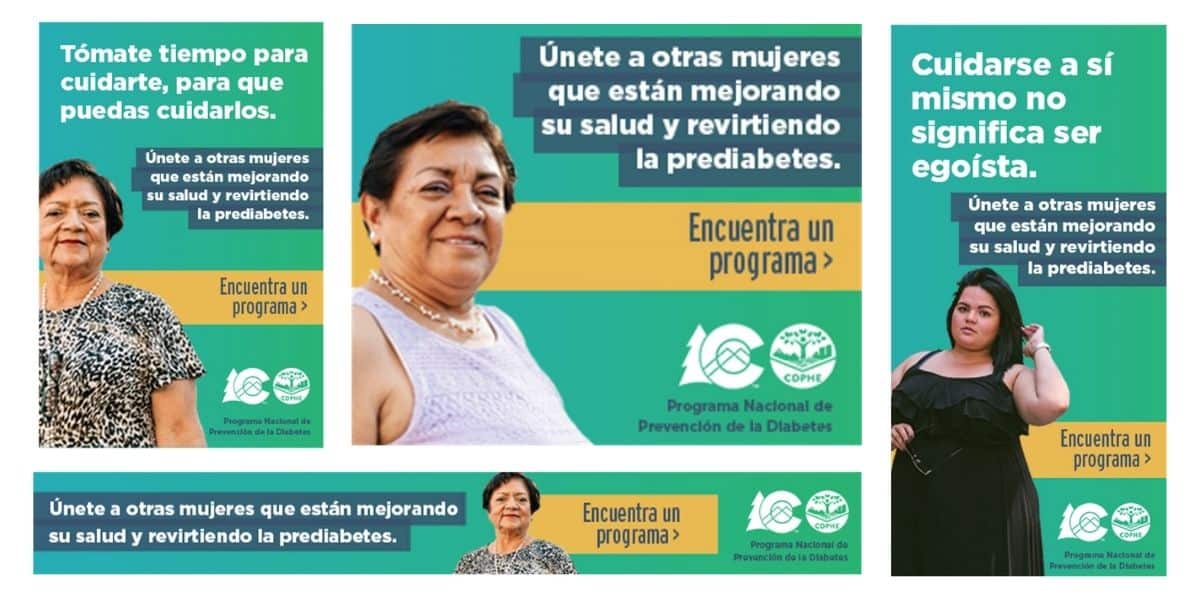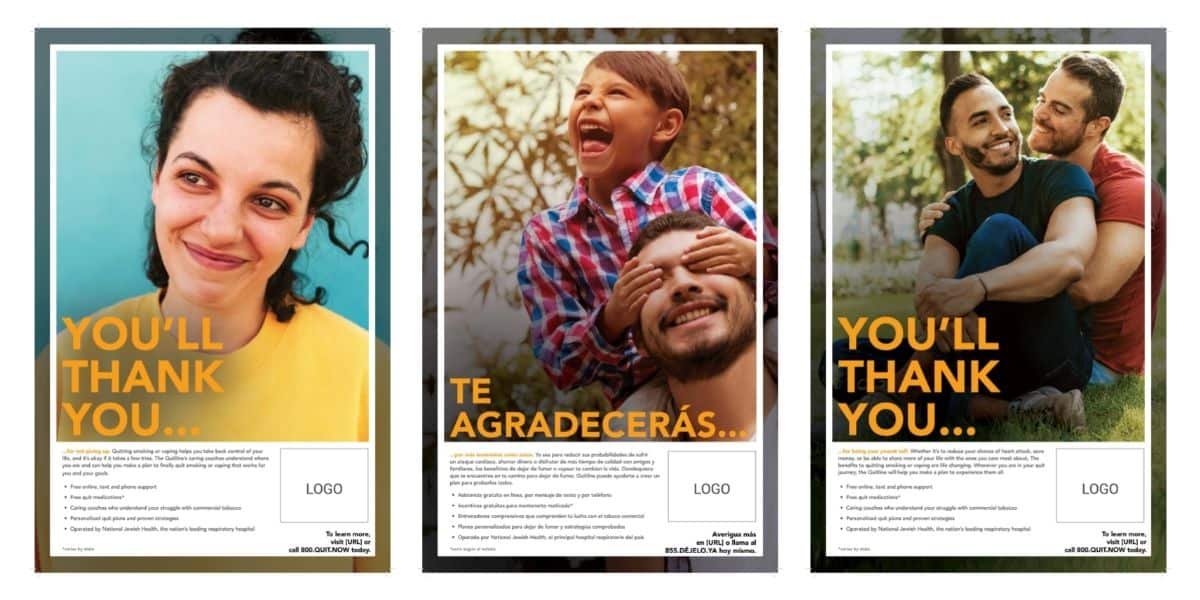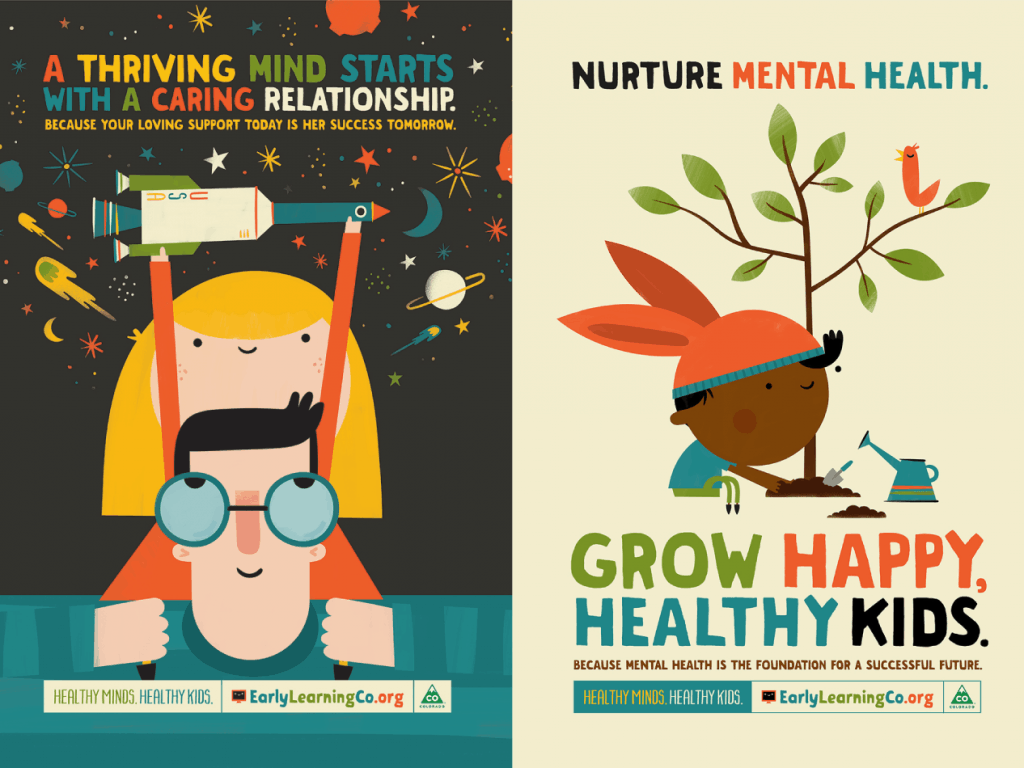Challenge:
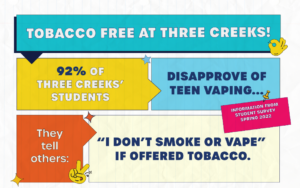 Many young people mistakenly believe that their peers engage in risky substance use behaviors more frequently than they actually do. This misperception creates pressure to conform to these imagined norms, which can influence their own choices and behaviors. Addressing these incorrect perceptions is essential for developing prevention strategies that resonate with youth. This strategy is called Positive Social Norming.
Many young people mistakenly believe that their peers engage in risky substance use behaviors more frequently than they actually do. This misperception creates pressure to conform to these imagined norms, which can influence their own choices and behaviors. Addressing these incorrect perceptions is essential for developing prevention strategies that resonate with youth. This strategy is called Positive Social Norming.
Positive Social Norming campaigns leverage positive peer influence by showcasing common, healthy attitudes and behaviors within a community. By shifting perceptions, these campaigns encourage healthier choices among youth.
ADAPT (A Division for Advancing Prevention and Treatment), a national division affiliated with the Office of National Drug Control Policy’s National HIDTA Program, is a national leader on Positive Social Norming. Focused on promoting healthy behaviors and preventing substance use escalation among youth, ADAPT supports communities across the nation in implementing evidence-based prevention strategies tailored to local needs.
ADAPT partnered with SE2 to create a social norming campaign aimed at educating middle school students in four states and 10 schools nationwide.
Our Approach:
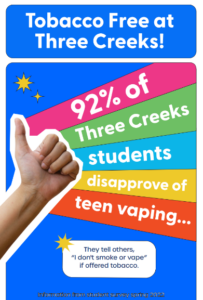 To engage youth and sustain their interest, we developed a series of micro-campaigns that highlighted each school’s unique social norms around healthy behaviors. These micro-campaigns rotated every few weeks to capture students’ attention, prevent message fatigue, and encourage students to think critically about health norms within their peer groups.
To engage youth and sustain their interest, we developed a series of micro-campaigns that highlighted each school’s unique social norms around healthy behaviors. These micro-campaigns rotated every few weeks to capture students’ attention, prevent message fatigue, and encourage students to think critically about health norms within their peer groups.
SE2 also created a toolkit for each micro-campaign, providing materials such as large posters and floor decals for school hallways, stickers and buttons for teachers and staff, and table tents for cafeterias and lunchrooms.
ADAPT provided technical assistance to each school to help them implement the campaigns.
Results:
Evaluation of the campaign shows that this approach works.
- Misperceptions of peer substance use reduced by more than one-third.
- Rates of substance use dropped across all substances.
- Substance use was lowest among students with high exposure to campaign messages.


